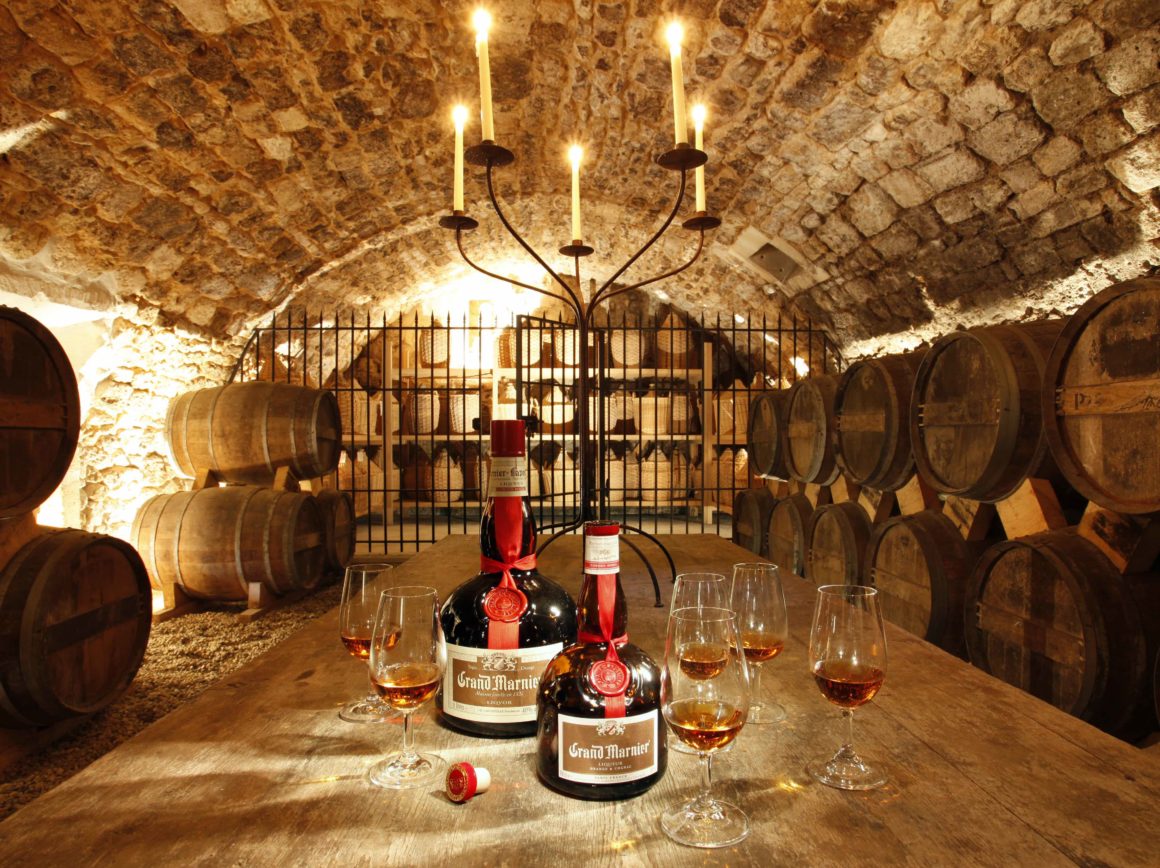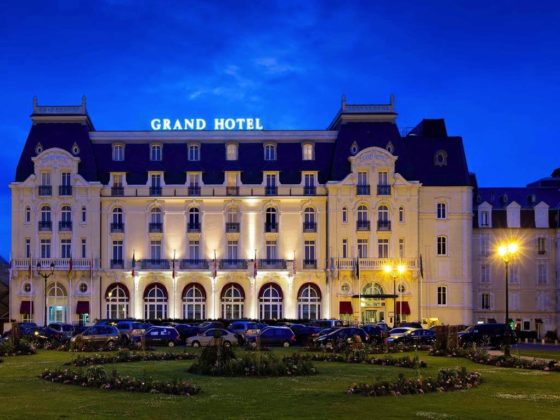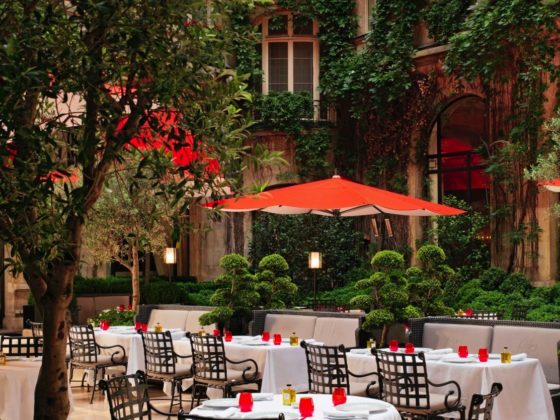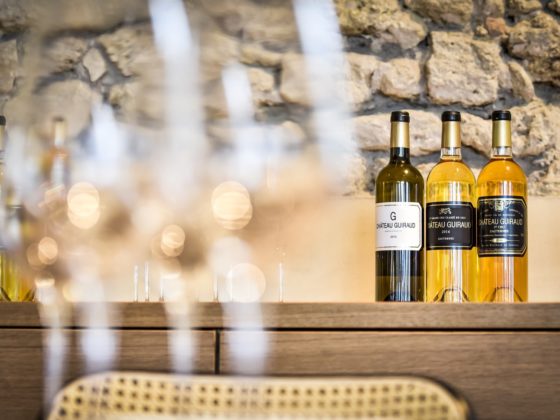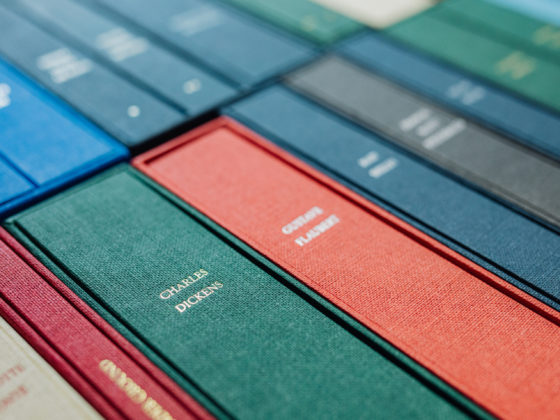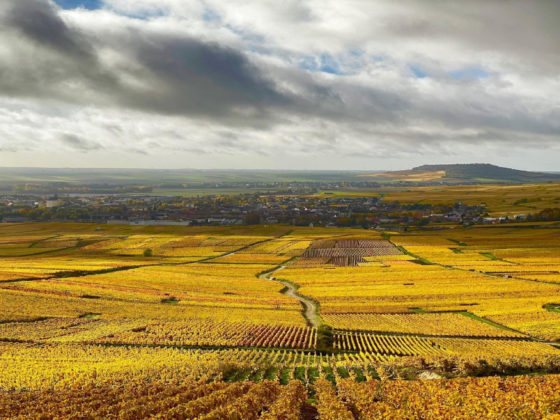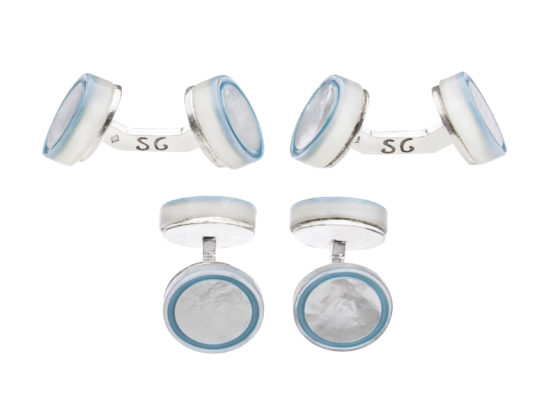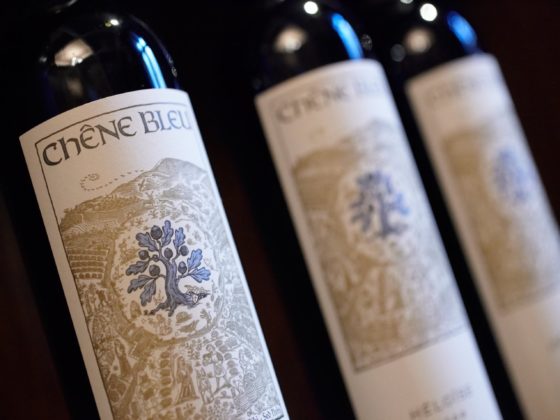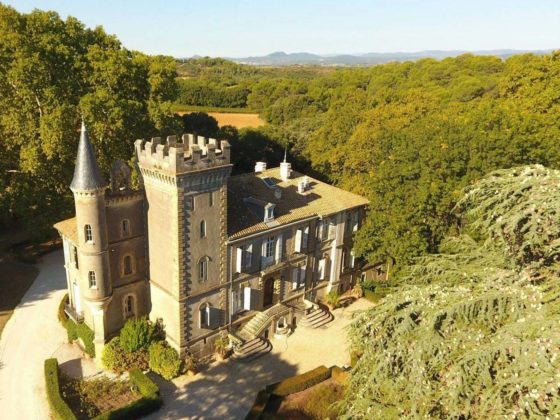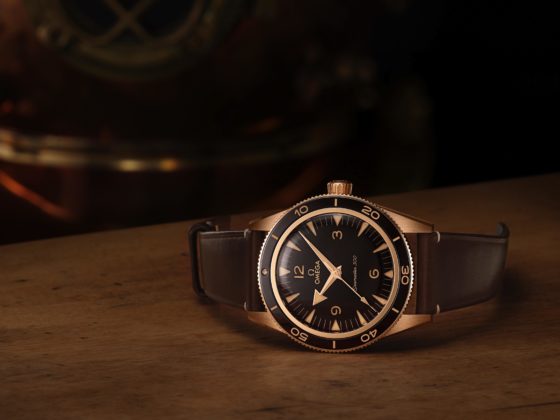By repositioning itself in the world of mixology a few years ago, the iconic French liqueur maker returned to its origins by relying on a historical know-how mixing great tradition and audacity.
By Blanche Rivière

Render to Caesar what belongs to him. No, Grand Marnier is not just for pancakes, quite the contrary. In the wake of its takeover by the Italian group Campari in 2016, Grand Marnier, the cognac and bitter orange liqueur specialist, has undertaken a repositioning articulated around a new identity and a more pronounced offensive in the world of mixology, its original positioning. This was a good thing, as the company has since made encouraging progress in a declining market.
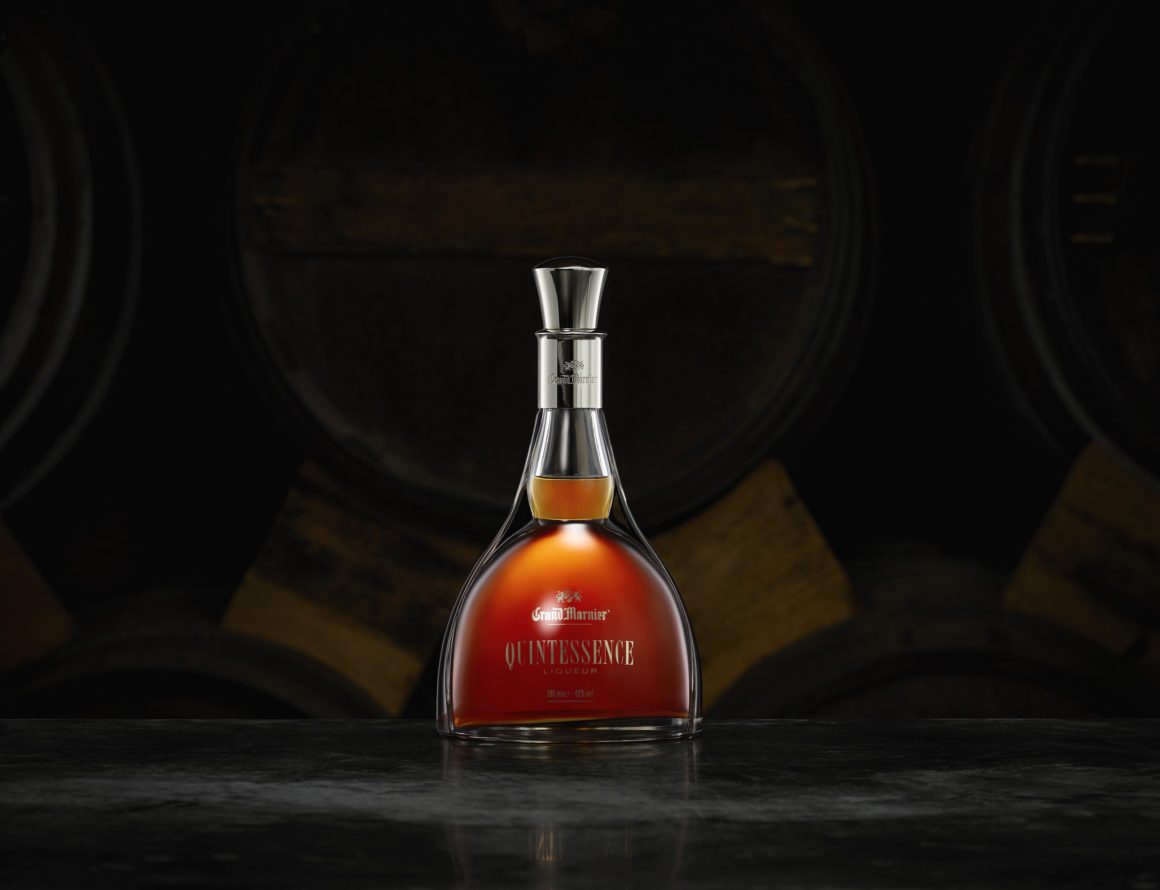
To achieve this, the iconic French liquorist, founded in 1880, has refocused its range around four fundamentals. The Cordon Rouge, its spearhead imagined from the beginning, is made with 51% cognac. With its notes of orange, candied zest and vanilla, it is especially dedicated to mixology. The Louis Alexandre cuvée, created in the late 1970s, contains 82% cognac. With its nose of candied orange and its flavors of citrus and bergamot, it is designed for tasting. The Cuvée du Centenaire, which commemorates the 100th anniversary of the house, is an exceptional blend of refined XO cognacs and exotic bitter orange essences. Tasted neat or on the rocks, this spirit subtly combines the flavors of candied oranges and spices, and offers a great complexity worthy of old cognacs (tobacco, balsamic…). Finally, Quintessence, created in 2011, is the house’s exceptional cuvée: it is based on a blend of very old Grande Champagne cognacs and the essence of Citrus Bigaradia oranges from a double distillation, which gives it an exceptional aromatic richness. Fresh and unctuous, this wine reveals notes of dried fruits and a long finish. Its decanter, with its curves and transparency, is a hymn to the perfection of the liqueur.
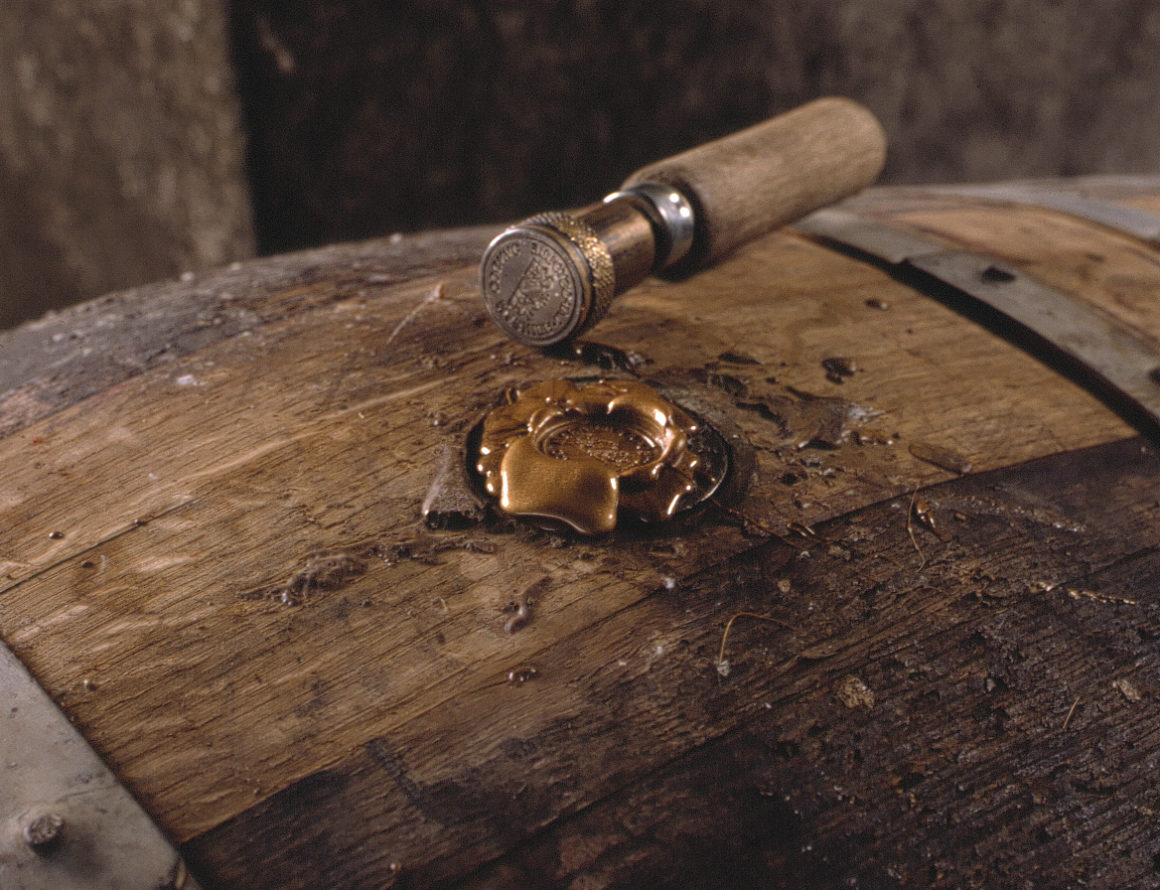
Through this range, Grand Marnier proudly asserts what has always made its reputation: a mixture of audacity and tradition. In 1880, when Louis-Alexandre Marnier-Lapostolle decided to combine cognac with a distillate of a rare variety of bitter orange, this visionary was already relying on the great French tradition of spirits, with cognac, and on the extravagance of the union with the bitter orange. At a time when the capital was experiencing a period of effervescence with the construction of the Eiffel Tower, the opening of the first metro line, the arrival of department stores and the flourishing success of the young Paris Opera, this unprecedented mix became a must-have for Parisian parties. Then sold in a standard bottle under the name of Curaçao Marnier, it seduced the no less audacious César Ritz, founder of the Place Vendôme palace, who renamed it Grand Marnier. On this occasion, the bottle is dressed with a red ribbon stamped with a wax seal, a kind of seal of authenticity and quality, which it has not left since.

The original recipe for Grand Marnier remains unchanged. To elaborate its cuvées, the Charente company relies on cognacs from the terroirs of Grande and Petite Champagne, Broderies, Fin Bois and Bons Bois, made from the single grape variety ugni blanc. Today, the company is still one of the main buyers of cognacs from more than 450 winegrowers. The essence of bitter oranges, the other main ingredient, comes from fruits harvested at the peak of their aromatic potential: these exotic oranges, green, are then peeled and their peels dried in the sun in order to concentrate the flavor of their essential oils. They are then sent to the Château de Bourg-Charente, acquired by the company at the beginning of the 20th century, where they are distilled. It is here that Patrick Raguenaud, master blender, faithfully perpetuates the historical know-how of Grand Marnier by ensuring the marriage of cognac and orange essence and the aging of at least six months in the oak barrels of the house.


